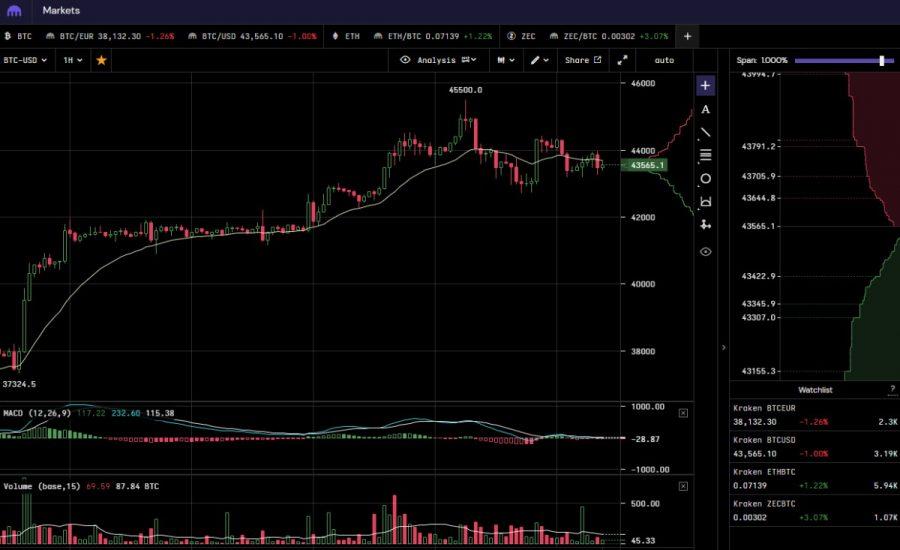Marketing analytics, big data, conversion rate optimisation, ROI…they can sound a little intimidating and time consuming to anyone that’s not a full-time, dedicated marketer.
But they don’t have to be.
Whether you’re the Event Director with a million other things to think about, or the only person working on your events, it pays to keep on eye on a few key areas that help give you a snapshot of your event’s health.
In this post, we’re going to take you through 5 simple, fast ways to regularly keep an eye on your event’s performance, so you can make important decisions and find quick wins that will help you sell more tickets (and spend less money).
Health Check #1: Check ticket sales
The first place we’re going to start is by taking a look at your ticket sales.
So log into your Eventbrite account (or if you use another provider, log into your account), and go to your ‘Manage’ tab, where you’ll immediately see a summary of either revenue (sales) or number of tickets bought.

You can also see here the number of tickets that have been sold using Eventbrite’s in-built promotional tools (in this case roughly 27% of all the tickets sold).
Hopefully what you will see is that the graph is going steadily up and to the right, showing your volume of sales is building over time.
However what’s most important is that you take a minute to reference the number of sales you’ve made against your event’s plan. For some events, 3502 tickets sold could be an enormous success…but for others it could induce serious panic if it’s way off plan.
Health Check #2: Check traffic to your Eventbrite page
The next thing you want to look at is just how many people are coming to your event page.
This can quickly be viewed just by clicking on the ‘Visits’ tab still in your main ‘Manage’ dashboard.

Again you should see a healthy amount of traffic coming to your site over time.
If you’ve got a separate website, you should also log into Google Analytics and look at how your overall traffic is doing…and at the very least traffic to the relevant pages discussing your upcoming event.
Health Check #3: Check conversion rates
Now you know your ticket sales and web page traffic, you can figure out your conversion rate.
In this example, it’s 13%, which seems pretty healthy (although there is no ‘standard.’)
For example some events might have a 1% conversion rate, but with enough traffic or high enough ticket prices, that will bring in a many ticket sales as they need; while others might run super niche, targeted events with low traffic volume but very high (say 25%) conversion rates.
Only you know what are good conversion rate is.
However if you are driving a lot of traffic to your pages, and you’re disappointed with the number of tickets you’ve sold, then you can start to consider some simple steps to try and lift your sales, without investing any more resources in marketing.
If you’ve got a separate website, and integrated your Google Analytics with Eventbrite, then you should also be able to start looking at your conversion rate on mobile too – and important metric for mobile ticketing.
Health Check #4: Check traffic, ticket sales and conversion by source
These first 3 health checks should probably only take about 15 minutes, and you might even want to stop there if everything’s looking tickety-boo, I would suggest you carve at least another 15 minutes to look in a bit more detail at where you ticket sales are coming from, where your traffic is coming from, and how your conversion rates differ by source.
To do this, head to ‘Tracking Links’ under ‘Invite & Promote’ (all under your ‘Manage’ tab still).

Now you can quickly start to see which types of marketing are not only driving traffic, but actually converting into ticket sales.
For example in this instance, we see LinkedIn has drive quite a bit of traffic, but very few actual conversions into ticket sales (just 3.6%), versus channels like a blogpost, or the newsletter with conversion rates of 20% and 36% respectively.
With this information, would you spend more time trying to promote the event on LinkedIn…or on writing more blog posts that will then become part of your next newsletter?
By digging in just this one level deeper, you should quickly see which tactics are working (or which aren’t), and which partners are the highest (or lowest) value, which quickly lets you make smart decisions on where to spend your time.
Health Check #5Check promotional spend/activity and ROI per channel
Taking things just one step further, if you’re spending money on your event’s promotion, now’s the time to figure out the ROI.
Using the same report, this is now super easy.
Although the example I’ve used above was a free event we ran at Eventbrite, if you’re selling tickets, then the Sales column will tot up how much revenue each tactic or partner has brought in.
If you’ve spent money on those channels, you can easily figure out the ROI of those activities too, by subtracting the cost from the revenue, and dividing that number by what you spent, then multiplying by 100.

This will allow you to report on the ROI of your different channels, including
- Content Marketing
- Social Media
- Paid Promotions
- Partnerships
As with all of these reports, you can also see similar information for your standalone website in Google Analytics, if you’ve set up your goals first.
Conclusion
It doesn’t take a great deal of time, or a sophisticated grasp of marketing, to get a great, data-driven overview of how your event is performing, helping you make smart decisions that will drive increased ticket sales and lower your promotional costs.
If you’re not yet an Eventbrite customer, but would like to see how else you can leverage our data and insights to improve your events, contact us and we’ll discuss how we can help.





